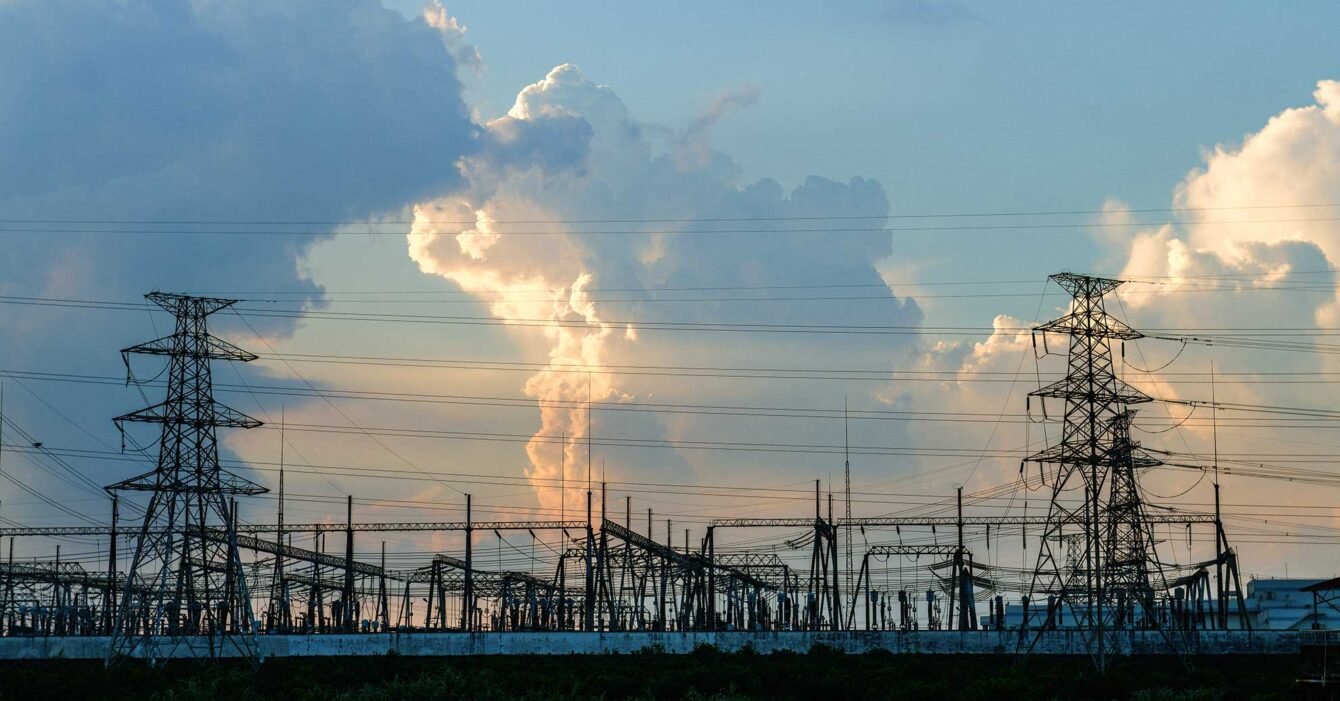In 2025, Syria’s energy sector is undergoing a transformation rooted in necessity. Years of conflict severely damaged the national grid, leaving millions with limited or no access to electricity. But as reconstruction efforts gain traction and public-private initiatives cautiously re-emerge, a decentralized and hybrid energy landscape is beginning to take shape.
This article explores the latest energy trends in Syria for 2025—from the rise of off-grid solar systems to localized hybrid power generation, focusing on how innovation is emerging from resource constraints and community needs.
1. From National Grid to Local Microgrids
Before the conflict, Syria’s power supply was highly centralized, relying on a few major power plants connected by a national grid. Today, that model is no longer viable in many parts of the country. With grid damage, fuel scarcity, and security issues, 2025 has seen the rise of localized microgrids and small-scale generation.
Key developments include:
Diesel-Solar Hybrid Systems: Especially in rural and semi-urban areas, communities and NGOs are deploying hybrid systems using diesel as backup and solar as the main source.
Neighborhood Generators: Urban neighborhoods in Damascus, Homs, and Aleppo rely on privately owned generators run by local operators charging hourly rates.
Village-Based Microgrids: In southern and eastern governorates, small village grids powered by solar panels and basic battery storage serve agricultural and household needs.
These setups offer energy security and operational control, especially where grid repair is unlikely in the short term.
2. Solar Energy Adoption at Household Level
With inconsistent public electricity and volatile fuel prices, solar power has become a grassroots solution for Syrian households and small businesses.
2025 trends show:
Widespread Use of Solar Panels: Rooftop solar panels have become common in cities like Latakia, Tartous, and parts of Aleppo where sunlight is abundant.
Solar Water Heaters: An increasingly affordable alternative, these are now widely used for household hot water and are often locally assembled.
Battery Storage Demand: Deep-cycle batteries are used to store excess solar power, extending usability to nighttime hours.
Solar isn’t a luxury anymore—it’s a practical response to everyday power shortages, especially in middle-income neighborhoods.
3. Humanitarian Investment in Energy Resilience
International NGOs, UN agencies, and aid groups play a vital role in rebuilding Syria’s energy resilience. While major grid rehabilitation is often outside their scope, many now focus on off-grid, scalable power solutions.
Humanitarian energy support in 2025 includes:
Solar Kits for Health Clinics: Clinics supported by WHO and MSF are equipped with 24/7 power from solar-plus-battery systems to ensure cold storage for vaccines and reliable lighting.
Power for Schools: In Idlib and Al-Hasakah, many reopened schools use donated solar kits to power classrooms, fans, and charging stations for digital learning tools.
Camp Electrification: Displacement camps receive basic lighting and phone charging infrastructure via centralized solar units.
This shift from fuel-based generators to renewables with storage is increasing operational sustainability while reducing long-term costs.
4. Commercial and Agricultural Energy Gaps Drive DIY Innovation
Small factories, cold storage units, and irrigation systems in Syria face major electricity gaps. With fuel imports limited and national supply unreliable, businesses are innovating with self-built energy systems.
Examples include:
Solar-Powered Irrigation Pumps: Farmers near Daraa and Deir ez-Zor are using solar panels to power water pumps, reducing reliance on diesel.
Homemade Inverters: Some workshops use imported or salvaged parts to build inverters and voltage regulators for makeshift power backups.
Recycled Battery Banks: Old batteries from telecom infrastructure are reused to create low-cost storage banks for local businesses.
These decentralized innovations show how necessity is driving energy engineering at the local level.
5. The Diesel Dilemma: Cost and Accessibility
Diesel remains essential for many backup generators—but its availability and price continue to fluctuate sharply across Syria.
In 2025:
Fuel Price Gaps: Prices can vary by over 100% between governorates, depending on supply routes and taxation.
Black Market Reliance: Many businesses and households rely on fuel from informal sources, with variable quality.
Generator Sharing Models: In cities, it’s common for building owners to share diesel-powered generators with neighbors via prepaid electricity plans.
The result is an ongoing search for alternatives—with solar becoming more attractive despite its upfront cost.
6. Role of Local Technicians and Informal Markets
Syria’s energy rebuild is powered not just by materials, but by local expertise. In 2025, a growing network of electricians, technicians, and traders are driving the informal energy economy.
Emerging dynamics:
Tech Repair Shops: In most cities, small businesses now specialize in repairing solar panels, building battery banks, or rewiring basic home circuits.
Spare Parts Markets: Street markets in Aleppo, Hama, and Damascus stock everything from cables and fuses to secondhand solar components.
YouTube-Led Training: Many technicians self-train by watching Arabic-language tutorials online, creating a new generation of energy fixers.
This grassroots skill-building is key to keeping systems running in low-resource contexts.
7. Off-Grid Appliances Driving New Demand
As solar usage spreads, demand is rising for energy-efficient, off-grid appliances suited for low-voltage systems.
Popular in 2025:
12V Fridges: Compact refrigerators that run directly from solar systems are now common in remote areas.
LED Bulbs and Fans: Energy-efficient lighting and fans enable homes to stay cool and lit with minimal battery drain.
Solar-Powered Radios and TVs: Especially in rural homes, low-energy communication and entertainment tools are making a comeback.
These appliances are often imported from Turkey, Iran, or China via informal trade networks, and increasingly sold in local electronics markets.
8. Government and Institutional Role Remains Limited
While some public infrastructure projects are in progress, much of Syria’s energy rebuild in 2025 is still driven by non-state actors and bottom-up initiatives.
Challenges:
Limited Budget: The government has constrained resources to invest in wide-scale grid repair or renewable deployment.
Fragmented Oversight: Different regions have different actors managing energy distribution, depending on political control.
Focus on Urban Centers: Government support tends to prioritize Damascus and coastal cities, leaving other areas reliant on informal solutions.
As a result, community-led and donor-supported efforts are filling the gap, and often more efficiently.
Looking Ahead: Toward a Decentralized Energy Future
Syria’s energy sector in 2025 is not being rebuilt as it once was—it’s being reimagined in a decentralized, resilient, and locally driven way.
Key insights moving forward:
Off-grid is not temporary—it’s becoming the dominant model for millions.
Energy access is an enabler—fueling health, education, agriculture, and commerce.
Innovation from scarcity—is powering a new era of Syrian ingenuity.
For investors, NGOs, and energy service providers, the future of Syrian power lies not in mega-infrastructure but in modular, replicable systems built close to the people they serve.


